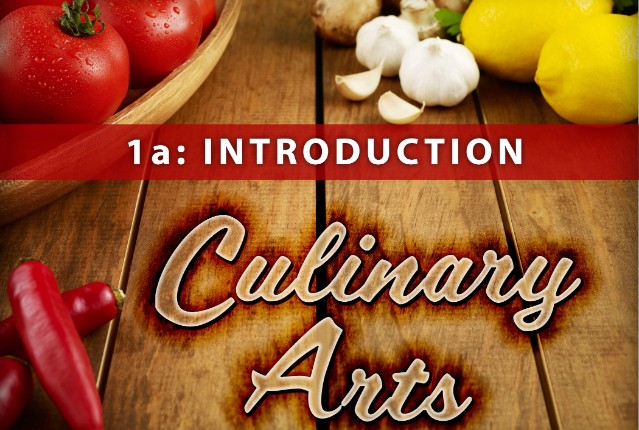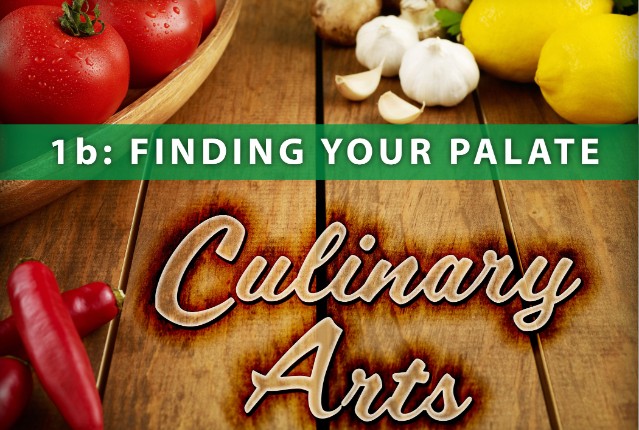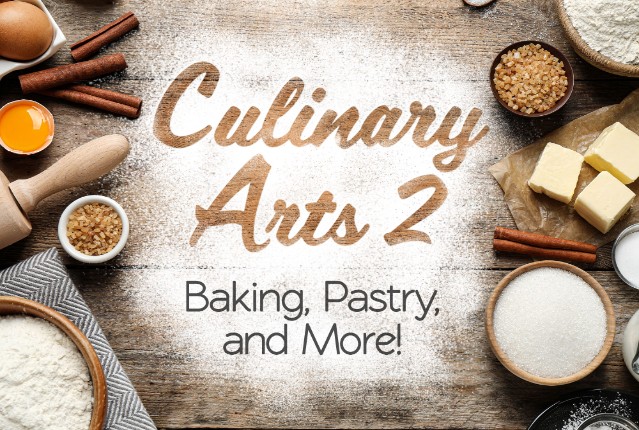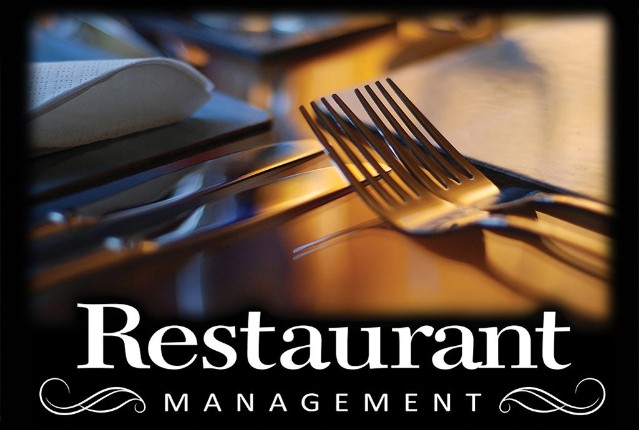
Culinary Arts 1a: Introduction
Thinking of a career in the foodservice industry or looking to develop your culinary skills? Explore basic cooking and knife skills while preparing you for entry into the culinary world. Discover the history of food culture, food service, and global cuisines while learning about food science principles and preservation. Prepare for your future by building the professional, communication, leadership, and teamwork skills that are crucial to a career in the culinary arts.
Review course outlineAccess for a year
USD 299.00*
* Choose more courses to get a discount




